The car industry is a fast mover but it can sometimes be difficult to figure out in which direction it’s heading.
EVs looked set to take over the world and to some extent they are, now helped by new UK legislation to ensure there’s enough energy to go round. In-car technology is evolving and connectivity is developing fast as the move towards autonomous cars ramps up. Meanwhile, neither petrol nor diesel is dead yet. In California, there’s been another major step forward with hydrogen propulsion as the state gears up for more potentially world-changing innovation. So what’s really in store over the next few years? Here’s our guide.
What 5G really brings
1G started in the 1990s, then 2G enabled the sending of text messages, 3G brought internet browsing and 4G made it faster – so it’s not hard to see where the world is going with 5G (fifth-generation) connectivity.

Car makers are working hard to exploit the faster network (for example, the hardware needed for 5G has already been incorporated into Volkswagen’s new MEB EV platform). So too are suppliers such as Harman, which is developing technology allowing vehicles to share information via Smart City Command Centres linking to emergency, and other, services.
Harman is also working on technologies called Traffic Light Optimised Speed Advisory to help adjust speed to synchronise with traffic lights, and Signal Violation and Advance Signage Assistance to warn that you may be about to jump the lights or warn of temporary road works. Harman predicts entertainment systems will click up a notch too, with the possibility of video streaming for rear seat passengers and online gaming.
Research firm Gartner predicts 60 million connected cars by 2020 and 220 million in the following four years. 5G will provide the one gigabit per second (Gbs) bandwidth needed to support that with a capacity 1000 times higher than 4G. It will be faster too, at around 70Gbs compared with the average UK broadband connection of around 36Gbs.
Tyres to get smart and communicate wear
Tyre manufacturers sometimes come up with wacky-sounding concepts, but one idea the industry has consistently touted has been the value of smart tyres that can communicate their condition and wear status.
Falken has previewed a smart tyre called, you’ve guessed it, Smart Tire, it’s tread made from Liquid Farnesene Rubber (LFR) which helps the tyre to remain efficient for longer. The company claims the wet grip performance can remain consistent for 12,000 miles and wear resistance is improved by as much as 51%. In addition, Active Tread technology senses road conditions and detects moisture and cold temperatures, allowing the tread to adapt to the conditions.

Goodyear’s intelligent tyre prototype, shown in 2017, is designed to share with fleet managers data such as wear, temperature and pressures. But a wider application could be to interact with an autonomous car system informing it of the level of grip in real time.
Continental is also experimenting with smart tyres and embedded sensors. The importance of tyres is sometimes underestimated by drivers and new technologies should improve grip, reduce wear and improve safety.
Batteries to charge faster for longer
Scientists at the Technical University of Munich have developed a clever new laboratory test procedure which could lead to much faster charging of the lithium ion batteries that EVs rely on for power.
While lithium ion batteries are fine if charged slowly, they can be damaged by charging too fast for too long. The effect is due to lithium metal plating of the graphite anodes inside each battery cell. As the plating builds up during repeatedly charging too fast, the battery capacity deteriorates and driving range is reduced. Public chargers today charge at a high rate until the battery reaches 80% charge and then back off to a much slower rate for this reason.

It’s impossible to study an individual cell once it’s shielded by a metal battery case, so the Munich team created a glass that exactly models the real thing. Using a process called electron paramagnetic response spectroscopy (EPR), scientists can accurately observe the build-up of plating as it happens. Until the technique was developed, there had been no analytical technique for measuring this process in real time. It is hoped it will make it possible to exactly predict the onset of plating and reduce the margins needed to protect batteries during fast charging. That in turn should lead to batteries that can be fully charged much faster than they are today.
How simulators improve driver assistance
The number of situations a critical advanced driver assistance system (ADAS) such as autonomous emergency braking (AEB) potentially have to deal with is mind-boggling. Truth is, it’s impossible to set up and test every possible scenario, or even imagine what they could all be. There isn’t the time, either. Ansible Motion, whose advanced simulators are used by a number of major car manufacturers, reckons doing so could take 100 years using conventional methods.

The latest simulators ease that problem by investigating a vast number of possible scenarios in a very short time, crunching through them at lightning speed and compressing that 100 years of work into a few months.
The upshot should be more capable and reliable ADAS systems.
Hydrogen primed for the big time
In the race to find sustainable alternatives to combustion engines, battery-powered EVs have elbowed their way to the front. That was predictable: recharging batteries is well understood and an electrical infrastructure already exists.
But hydrogen fuel cell electric vehicles (FCEVs), which have lost ground since the millennium, could be set to make a comeback. In 2017, the highly influential California Fuel Cell Partnership (CaFCP) published its ‘2030 Vision’, detailing plans to bring one million FCEVs to the roads by 2030, supported by 1000 strategically placed hydrogen filling stations. Fuel cell powertrains are also ideal for heavier vehicles (powering a 32-tonne articulated lorry isn’t feasible using a battery). Hydrogen is already delivered to filling stations by articulated lorry, the trailers left on site.
CaFCP claims the plan would lead to a reduction in petroleum fuel consumption of 263 million litres. The corresponding NOx reduction would run to 3.9 million tonnes. That forecast is based on today’s existing renewable energy mix in the state of 33% renewable hydrogen, which is expected to yield a drop of 2.7 million tonnes of greenhouse gasses.
The plan is already backed by legislation. In January 2018, an executive order directed state entities and the private sector to join forces in bringing five million zero-emission vehicles to California roads by 2030. It also specifies an increase in hydrogen filling stations in the US state from 35 today to 200 by 2025.

Hydrogen fuel is measured by weight rather than volume and 1.2kg contains about the same energy as a gallon of petrol. Hydrogen fuel cells are twice as efficient as combustion engines, which could make direct comparisons confusing. The US Environmental Protection Agency’s solution is called MPGe (gasoline equivalent fuel consumption).
The MPGe of a 2017 Honda Clarity is 80mpg (based on Imperial gallons). CaFCP expects that the cost of hydrogen could fall from £12 per kilogram today to half that by 2025. That would put the fuel cost of running a Honda Clarity on a par with an equivalent-size conventional car such as a BMW 5 Series.
As part of the project, Ricardo Strategic Consulting has taken a long, hard look at how much it will cost to fill up with hydrogen, concluding that in a region like California where FCEV use intensifies, the cost of hydrogen fuel will fall dramatically by 2030. The 35 hydrogen stations in existence today serve almost 5000 vehicles. On that basis, hydrogen stations are running at only 50% capacity, which means that at present they are not that cost effective to set up and run and hydrogen fuel itself is more expensive. Based on one million vehicles, 5000 stations would run at 90% capacity and increased demand and improved distribution could see the cost of hydrogen drop to around £2.40 a kilogram in California. The advantages of FCEVs are that the only tailpipe emissions are water and heat, refuelling is as simple to that of a conventional car and takes about the same time, and the range is similar too. History has shown that California’s stance on cars and the environment (the banning of leaded petrol and introduction of catalytic converters) tends to cascade down to the rest of the world, so this space is one to watch.
Questions remain over new-car subsidies
In November 2018, the Department for Transport axed the plug-in car grant for hybrids and reduced it by £1000 to £3500 for battery-electric vehicles. The official reason is it “was designed to kick-start the early market for electric vehicles. Having already supported the purchase of 100,000 plug-in hybrid cars, we are now focusing on zero-emission models” – which doesn’t explain the near-25% reduction in the electric car grant.

To further fuel the debate, some think a technology doesn’t deliver if it needs subsidising and others believe electrified vehicles should be supported until scale of economy kicks in to bring prices down.
Either way, what happens in the next two years after the grant changes could play a big part in how fast the electric revolution unfolds.
Mild-hybrid trend set to spread
Instead of being marketed as something special wearing a different badge, every car with a combustion engine needs to be hybridised if the technology is to make a real difference.
That’s starting to happen: every automatic model in the 2019 Range Rover Evoque line-up, for example, is a 48V MHEV (mild-hybrid electric vehicle).
Full hybrids and plug-ins are more expensive with electric drives integrated with engines and transmissions, bumping costs and weight up. That solution allows short-range electric-only driving but it doesn’t necessarily give the masses the opportunity to drive a car that can recover energy and re-use it. But 48V technology is changing all that and coming on stream in a big way.

Fitting a beefed-up, belt-driven starter-generator (BiSG) in place of a conventional starter and alternator turns a conventional car into an MHEV. MHEVs have a small 48V battery to power the motor-generator and accept charge from it, and the existing 12V architecture runs in parallel with it for compatibility with existing 12V equipment. Eventually, it’s envisaged that dedicated 48V equipment will come on stream – like, for example, ultra-fast heated screens. MHEV components such as 48V batteries and starter-generators have already reached off-the-shelf levels so expect an explosion in standard MHEVs like the Evoque as prices tumble and the tech filters down the food chain to cheaper cars.
Look, no hands: rise of autonomy
At Autocar, we get the opportunity to try many amazing prototypes years before they get to production and many require a change in the law before they can go on sale. One example of that is remote control parking, allowing the parking of a car without a driver at the wheel. BMW 5 and 7 Series both have the technology but, in 2018, UK law was changed to allow the devices to be used on public roads. The law has a wider significance in that it demonstrates that legislators have an appetite for removing legal barriers to autonomous vehicles as soon as possible.
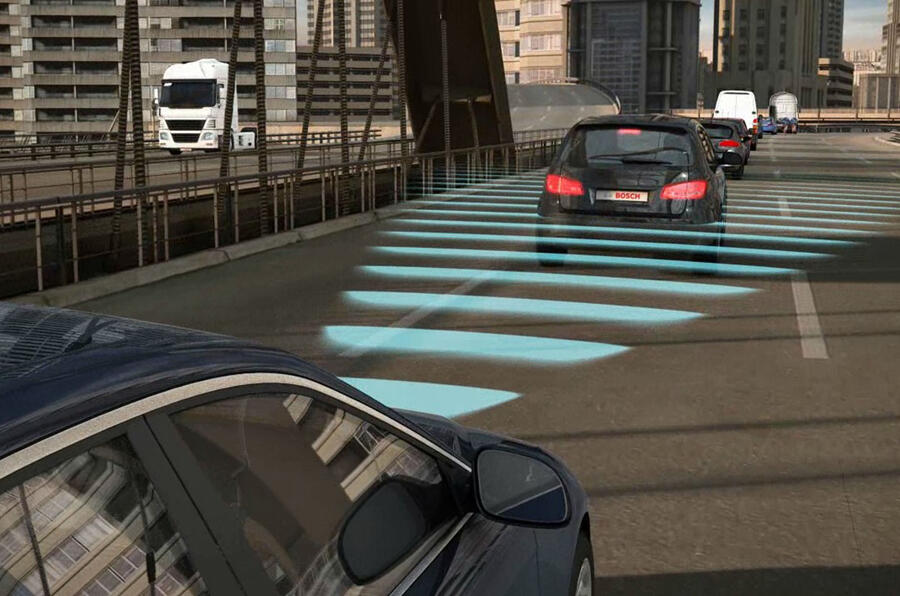
Fall of internal combustion? Talk of its demise remains premature
While it may not seem like it, we’re still a long way from seeing the back of the combustion engine, although naturally aspirated engines have mostly been replaced by smaller turbocharged examples.
The problem with combustion engines is that they just aren’t efficient, converting not much more than a third of the energy in petrol or diesel into mechanical energy. Downsizing and turbocharging help improve efficiency, but the days when that old American adage “there ain’t no substitute for cubic inches” held true are long gone. So the message for petrolheads is enjoy those naturally aspirated V8s and V10s while you can – they won’t be around for much longer.

Smaller, boosted combustion engines generally will be, though, because there’s no replacement yet. Car engines have become super-sophisticated using every trick in the book in a single package, such as electro-hydraulic valvetrains, variable camshaft timing, variable geometry or twin-scroll turbocharging, integrated exhaust manifolds, smart oil pumps to reduce losses in the engine, smart battery charging using the alternator only when slowing, smart water pumps and cooling systems to improve thermal efficiency. And, of course, petrol direct fuel injection.
The jury is out on the public perception of diesels despite the new WLTP emissions regulations finally giving a fairer indication of what both diesel and petrol engines actually emit from the tailpipe. But close scrutiny does show that the latest WLTP diesels are genuinely cleaner at the tailpipe than some older petrol engines. For now, it’s hard to see how larger SUVs can survive without diesel power, as hybrids are not effective on fast motorway runs. The future of diesels is another case of ‘watch this space’.
Government eyes means of taxing electric chargers
EV owners rejoice in the fact that, when charging at home and especially using an off-peak tariff, a 300-mile vehicle can be fully charged for little more than the cost of a gallon of diesel. That may change in the future, however, as a critical mass of EVs on the roads is reached and governments start to feel the pinch from lost tax on road fuel.
The Automated and Electric Vehicles Act 2018 mandates that all government-funded home charge points for electric vehicles installed from July 2019 must use smart technology allowing them to be accessed remotely and capable of “receiving, interpreting and reacting to a signal”. This means that smart chargers will be connected to the electricity supply company, allowing it to reduce or delay charging so the local distribution can cope with mass EV charging at peak periods.
Distribution companies say there’s no shortage of energy in the national grid, so this move should remove a key technical obstacle at local level. Users will have the ability to override this if they need a charge quickly. By the end of 2018, the government had supported the installation of 60,000 domestic charge points through the Electric Vehicle Homecharge Scheme grant and the grants will remain at the current level of £500.
The downside is that smart chargers also offer a mechanism for levying a fuel tax on EV charging, separate from the rest of the household supply. Domestic electricity is already subject to VAT at 5% in the UK and business electricity at 20%. So EV drivers are currently paying 5% VAT for charging at home and 20% VAT when charging at a public network such as Ecotricity (pictured, right).
That said, using a slow, 10 amp charge cable to charge from a domestic socket at home might be a loophole. On the plus side, smart chargers could mean lower charge prices for EV owners as electricity suppliers compete to provide the cheapest ‘EV home charging tariff’.
Why sharing is good for us all
The PSA Group, encompassing the Citroën, DS, Opel/Vauxhall and Peugeot brands, is one of the latest to reveal a new platform. Its ‘multienergy’ Common Modular Platform (CMP) and a variant, eCMP for EVs, was launched late last year, just days before Volkswagen’s dedicated EV, MEB platform.
Modular platforms are all the rage these days and will be key to future developments because they streamline production, make introducing variants easier and faster and reduce manufacturing through economies of scale.
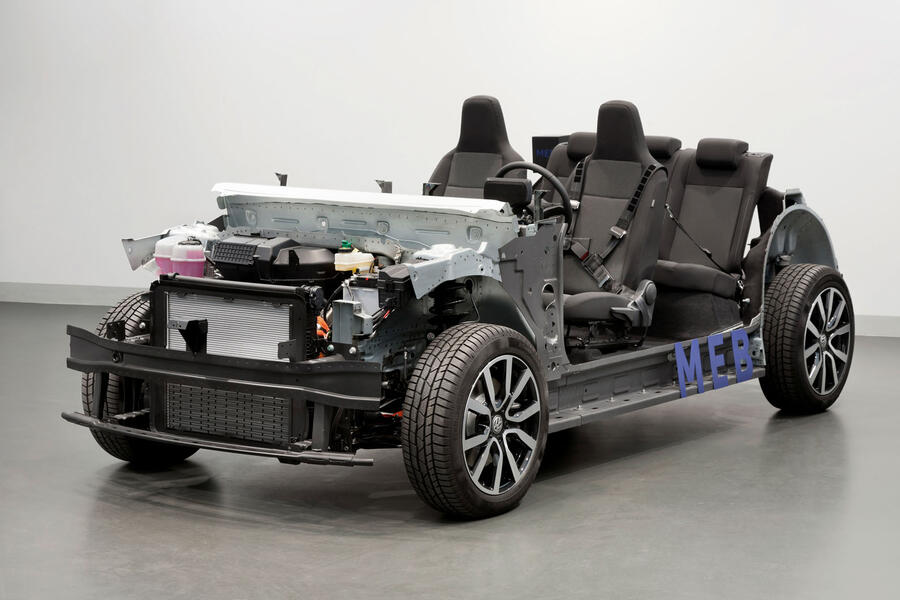
But who benefits? The customer, or just the manufacturer?
The answer is both. The car maker becomes more profitable and therefore more stable, while customers get more capable, technically advanced products and, in theory, more features for their money. Modular platforms are a bit like a standard kit of standard parts, like Lego. It’s possible to build a variety of things with different combinations, but with the same components.
A vehicle architecture, like Jaguar Land Rover’s D7a aluminium intensive architecture, is a slightly different animal. A platform is a modular chassis sharing different ‘top hats’. An architecture goes further, sharing component design but with some differences, such as bigger versions of the same thing. That allows the building of both larger and smaller cars, from SUVs like the Jaguar F-Pace and Velar, to smaller saloons like the Jaguar XE.
Why should we care about what’s under the skin? Using modular architectures and platforms is sometimes seen as a cop-out, making all cars look and drive the same. Actually, they’re just a better way to design and build good, reliable cars without starting from scratch each time.
Holograms ready to push your buttons
It’s ironic that a technology designed to simplify in-car controls could make it worse, but that seems to be the case with touchscreens that have invaded the car market.
It’s true that by the 1990s the proliferation of tiny buttons in cabins had spiralled out of control as cars gained many more functions, and then with the advent of the smartphone and a new way of life for most, designers thought they had the answer.
The problem with touchscreens is that, so far, they have no haptic response. You can’t feel what you’re touching, forcing drivers to take their eyes of the road. Buttons are at least tactile: the switches in Hyundai’s Nexo fuel cell EV are an example of great design with large buttons that have a significantly different feel and shape so you can quickly learn what you’re touching.
Manufacturers haven’t given up on touchscreens, though, and technology suppliers such as Continental AG and Bosch have both demonstrated examples. The Continental 3D Haptic touchscreen concept has guide channels to help you move around the screen and gives mechanical feedback in the form of a pulse or vibration when a button is pressed.

Others are going further with augmented reality (virtual reality overlaid on the real world). Volkswagen has demonstrated a 3D augmented reality system combining a holographic menu with gesture controls on the ID Vizzion concept car. That involves wearing 3D glasses today but augmented reality of some sort is planned for the ID electric model range based on the new MEB platform.
The Mercedes A-Class is already equipped with a slightly simpler augmented reality system developed in conjunction with Harman, which overlays views from external cameras over maps to aid visibility. An example is displaying on to the dash a traffic light you are too close to see without leaning forward. Another is to overlay house numbers on a sat-nav street view to make it easier to find a house without taking your eyes off the road.
Read more
90 years special: we predict the future of the Autocar road test​
The future of Vauxhall: exclusive drive of the GT X Experimental EV​
Autocar's guide to what will happen in 2019


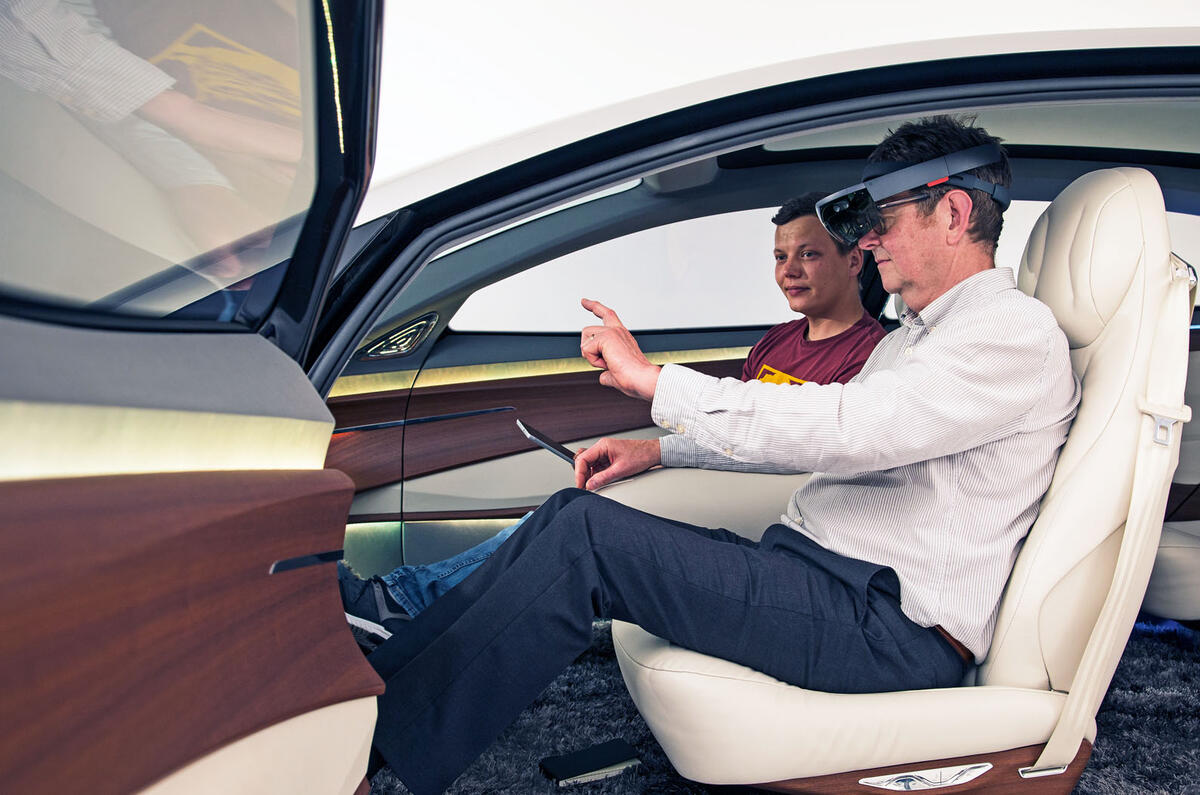


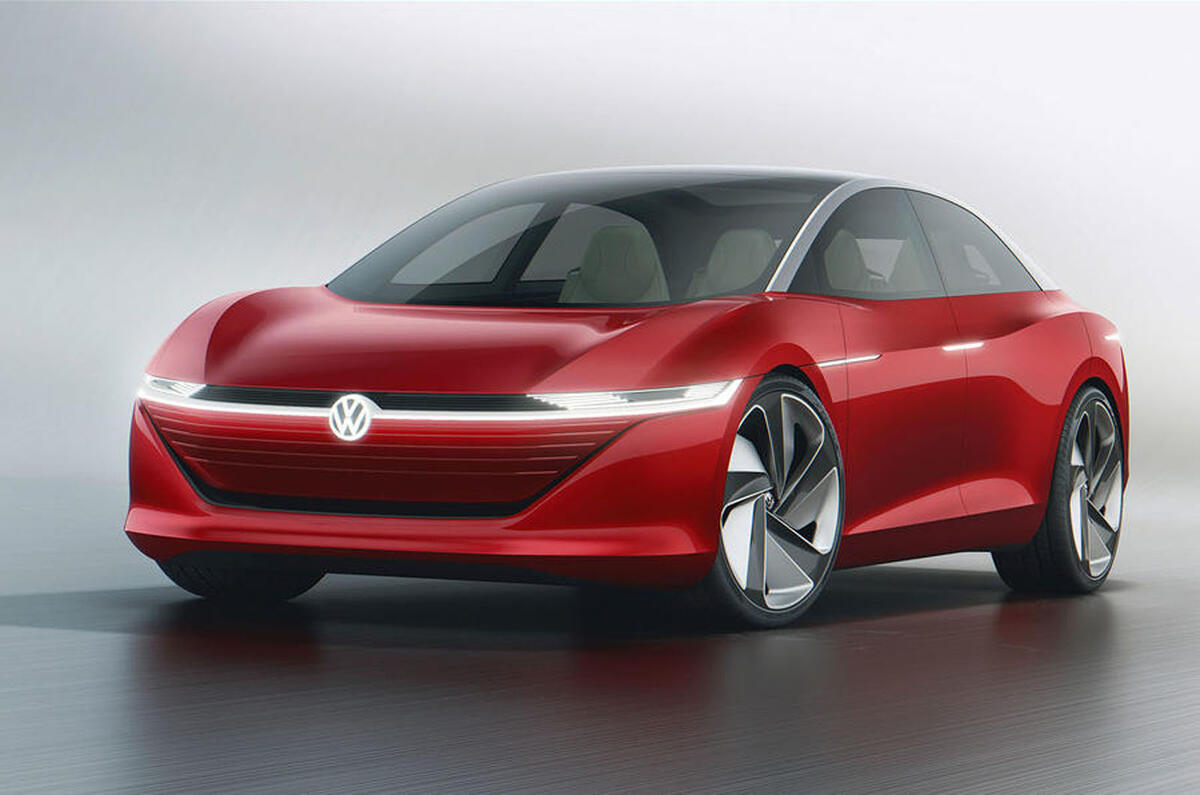



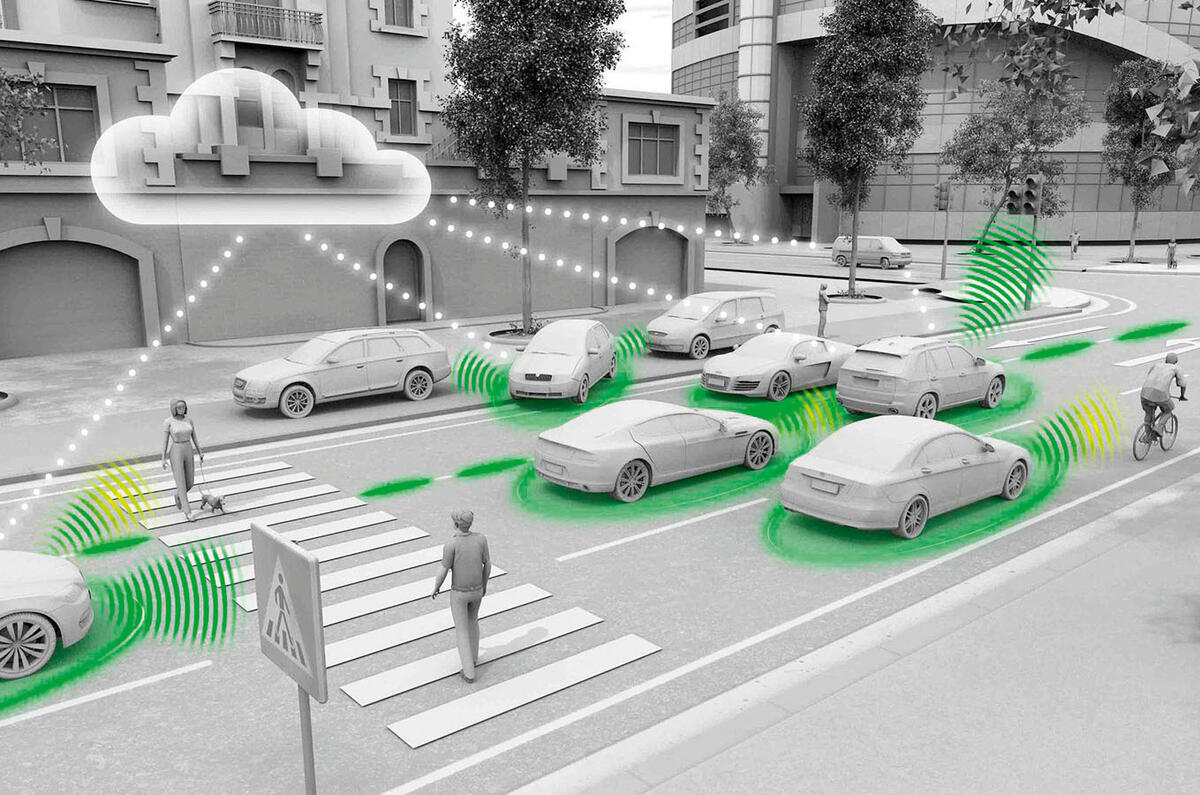

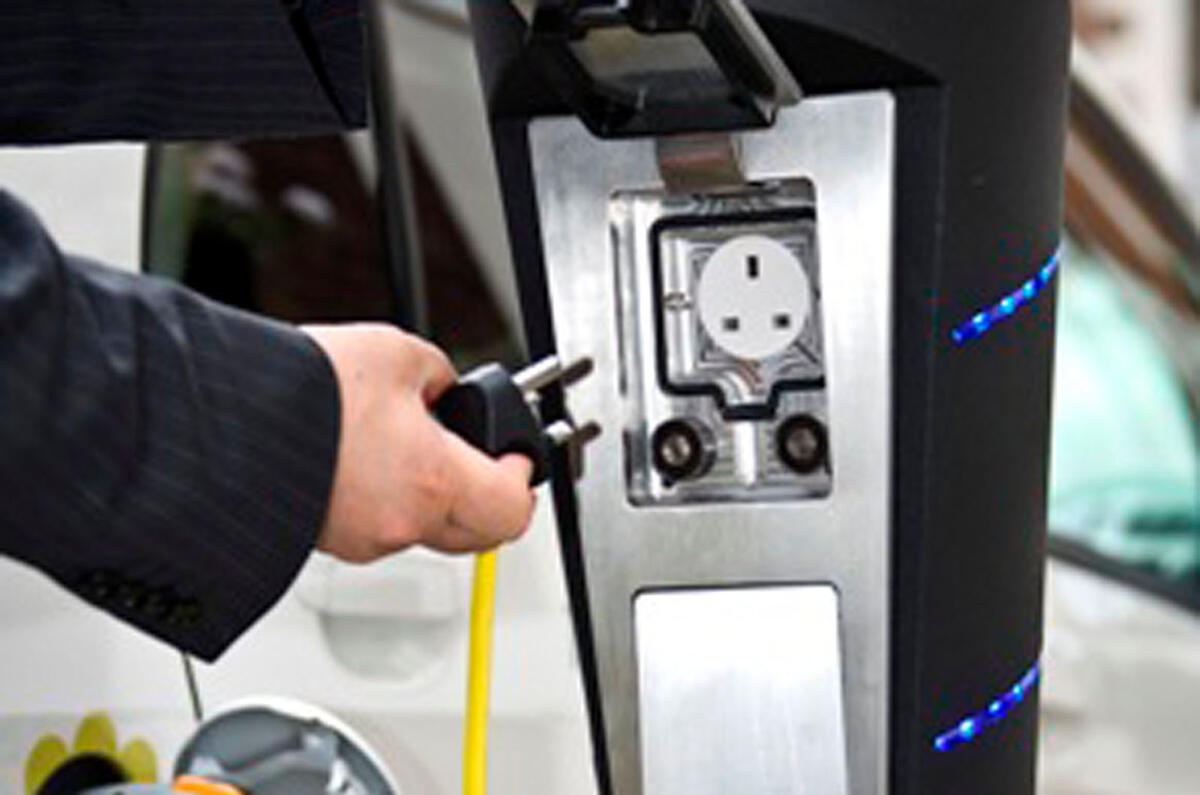



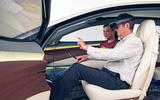





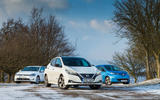


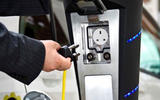




Join the debate
Add your comment
Petrol direct injection
Petrol direct injection , the killer DB/Mercedes technology of the 1930s, wow!
future MHEV
Starter generators : I had a Heinkel/Trojan bubblecar with a magneto/starter/generator, a 1956 technology. Add a small switch in a wheel sensor and it would have stop-start technology.
At 10hp it could cary 2+1 or 2+luggage, a pity they are vulnerable to poor drivers in heavy cars.
There are more left than you would imagine.
Don't forget politics!
Politics may spoil any new plans and strategies by a car maker. There's a new sheriff in the White House, and he tends to label everything he does not like as a national emergency that should be acted upon. German Handelsblatt today reported that there is a good chance that German import cars will be tariffed 25% instead of the 2.5% what it is right now. That will undoubtedly affect UK production of German cars too.